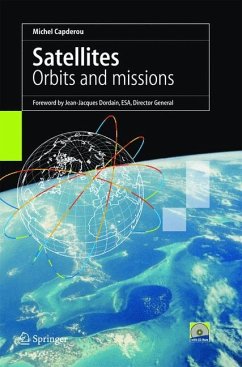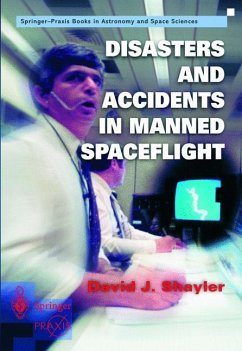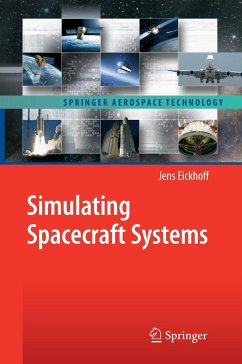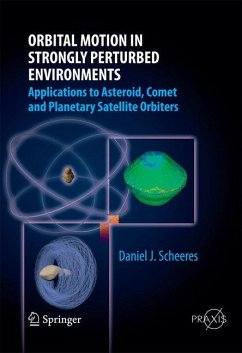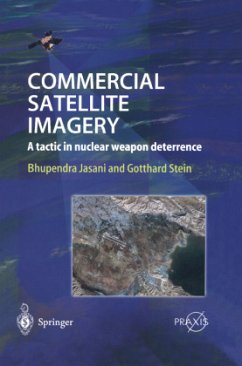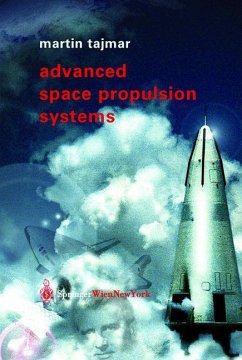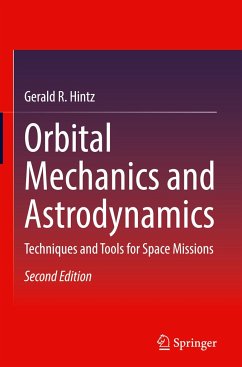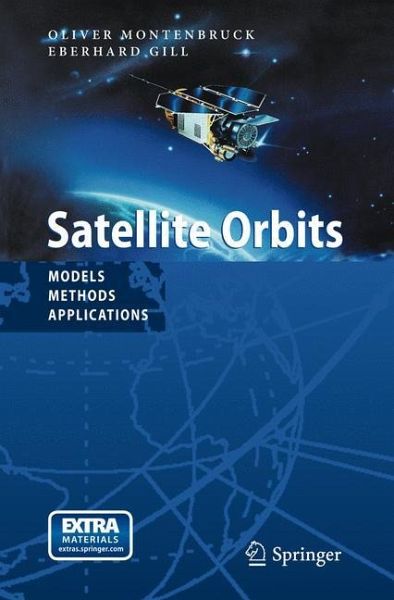
Satellite Orbits
Models, Methods and Applications
Versandkostenfrei!
Versandfertig in 1-2 Wochen
64,99 €
inkl. MwSt.
Weitere Ausgaben:

PAYBACK Punkte
32 °P sammeln!
This is a modern textbook that guides the reader through the theory and practice of satellite orbit prediction and determination. Starting from the basic principles of orbital mechanics, it covers elaborate force models as well as precise methods of satellite tracking. Emphasis is on numerical treatment and a multitude of algorithms adopted in modern satellite trajectory computation are described in detail. The accompanying CD-ROM includes all source codes written in C++ and relevant data files for applications. The result is a powerful and unique spaceflight dynamics library which allows easy software extensions by the user. An extensive collection of Internet resources is provided through WWW hyperlinks to detailed and frequently updated online information on spaceflight dynamics. The book addresses students, scientists working in the field of navigation, geodesy and spaceflight technology and satellite engineers and operators focusing on spaceflight dynamics.
Satellite Orbits -Models, Methods, and Applications has been written as a compre hensive textbook that guides the reader through the theory and practice of satellite orbit prediction and determination. Starting from the basic principles of orbital mechanics, it covers elaborate force models as weH as precise methods of satellite tracking and their mathematical treatment. A multitude of numerical algorithms used in present-day satellite trajectory computation is described in detail, with proper focus on numerical integration and parameter estimation. The wide range of levels provided renders the book suitable for an advanced undergraduate or gradu ate course on spaceflight mechanics, up to a professional reference in navigation, geodesy and space science. Furthermore, we hope that it is considered useful by the increasing number of satellite engineers and operators trying to obtain a deeper understanding of flight dynamics. The idea for this book emerged when we realized that documentation on the methods, models and tools of orbit determination was either spread over numerous technical and scientific publications, or hidden in software descriptions that are not, in general, accessible to a wider community. Having worked for many years in the field of spaceflight dynamics and satellite operations, we tried to keep in c10se touch with questions and problems that arise during daily work, and to stress the practical aspects of orbit determination. Nevertheless, our interest in the underlying physics motivated us to present topics from first principles, and make the book much more than just a cookbook on spacecraft trajectory computation.





